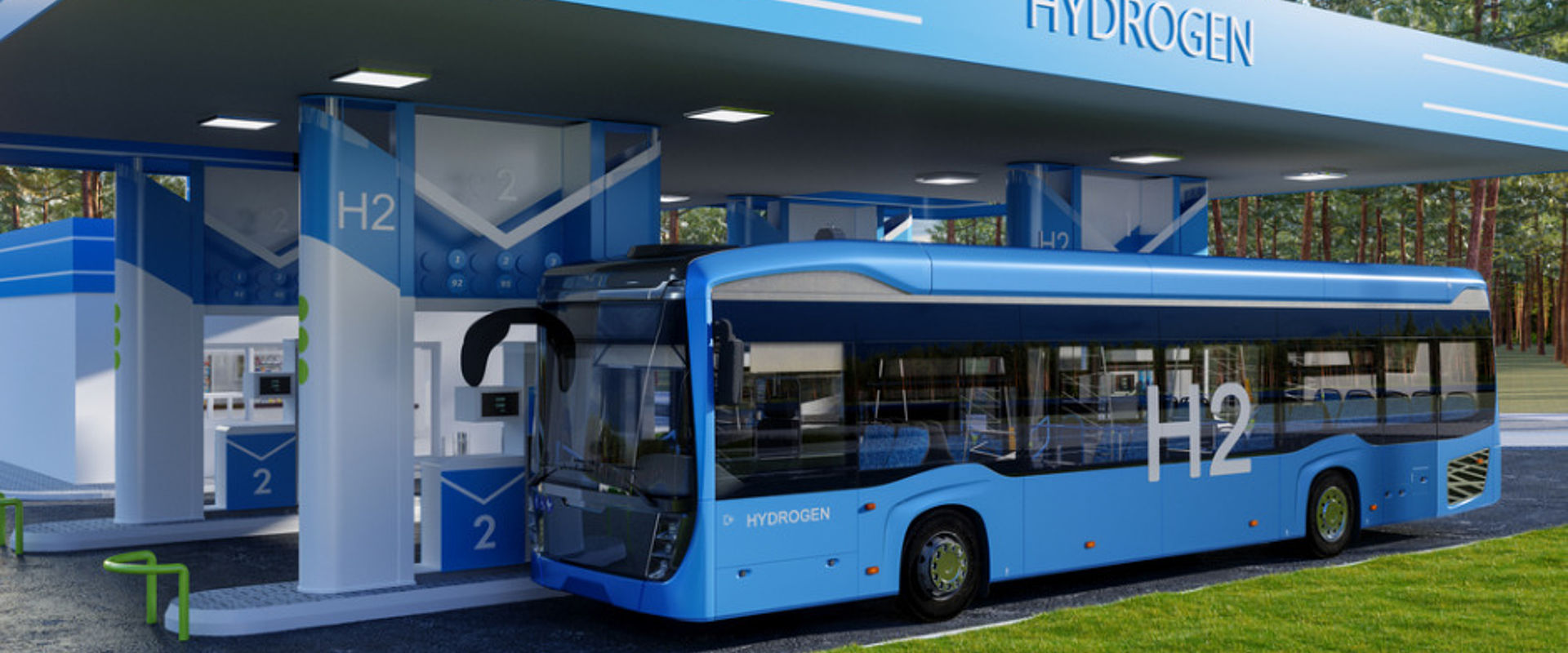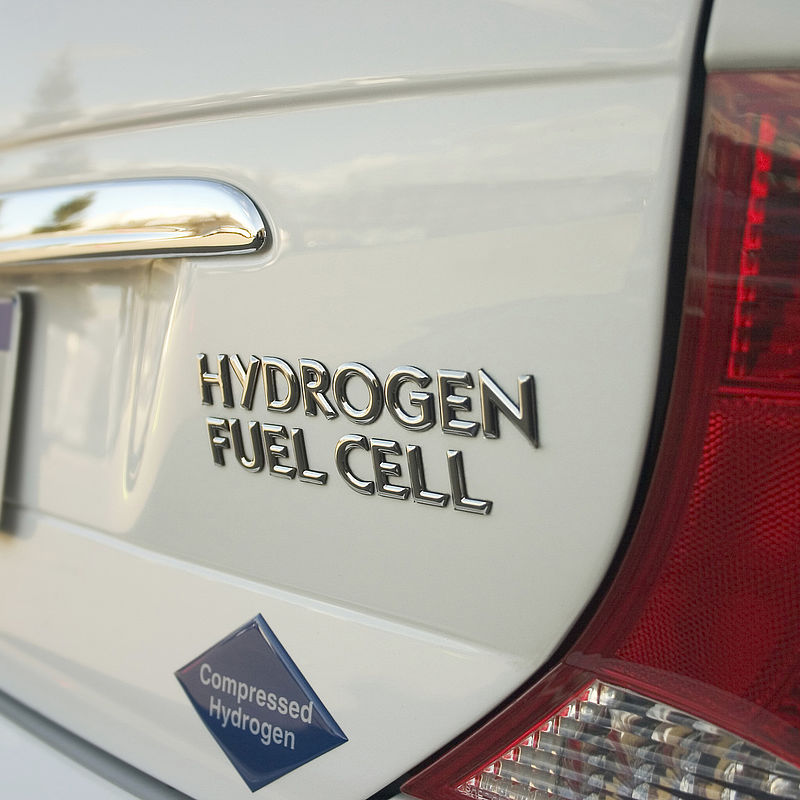
Developing the technology to support hydrogen as a clean energy fuel
Challenge
Europe aims to be climate neutral by 2050, achieving this will not only reduce the need for imported energy but also eliminate the use of fossil fuels that drive climate change. Hydrogen is a ‘clean’ energy gas, and its use has been named by the EU as a central pillar for this transition.
Regardless of hydrogen’s production method – the electrolysis of water, conversion from fossil fuels or the microbial digestion of plant materials - variable amounts of contaminants are present. These could include ammonia, carbon monoxide or carbon dioxide which can potentially cause expensive damage to gas pipelines, storage facilities or hydrogen refuelling stations for vehicles. Hydrogen fuel cells are particularly sensitive, becoming ‘poisoned’ by even extremely low levels of impurities.
Purity requirements for hydrogen are stipulated by European standard EN 17124 (equivalent to ISO 14687 Grade D) which set stringent permissible levels for the impurities present. Previously, no validated, on-line purity analysers existed capable of assessing hydrogen quality at the point of use. These types of instruments are required as a quality control measure, to reduce the risk of key impurities reaching the hydrogen tank.
To support the use of hydrogen as a clean fuel new instrumentation was required, capable of measuring hydrogen quality in real-time at impurity levels required by quality standards.
Solution
During the MetroHyVe project, partner AP2E developed a hydrogen purity analyser based on the company’s patented ‘optical feedback cavity enhanced adsorption spectroscopy’ technology (OFCEAS).
Impurities in hydrogen are analysed by the absorption of a laser that is internally reflected through the gas repeatedly, providing an effective measurement path length of up to 20 km. This ‘laserfeedback’ phenomenon increases the signal intensity up to 1,000x, providing 1 measurement every 100 ms in high spectral resolution.
A comprehensive review was performed comparing the OFCEAS analyser to over thirty other techniques including gas chromatography, high performance liquid chromatography, cavity ring-down spectroscopy and Fourier transform infrared spectroscopy.
Results indicated that the OFCEAS analyser could detect more hydrogen impurities than most other measurement techniques identified during the review, matched only by Fourier transform infrared spectroscopy, but OFCEAS had much lower limits of detection and considerably below the levels required by standards. During the work AP2E also developed new gas measurements for formic acid, formaldehyde and ammonia using the OFCEAS.
Impact
AP2E, based in France, is a leading manufacturer of gas analysers for continuous emission control, and monitoring of processes for industrial gases, petrochemical refineries and pollutants in ambient air.
From knowledge gained in the MetroHyVe project the company developed a new gas analyser – the ProCeas H2 PURITY. Based on APE2’s patented OFCEAS technology, with specifications validated by top metrology institutes in Europe, it is capable of performing online measurements of a wide range of impurities below the levels required by ISO 14687 and EN 17124.
As it provides measurements in real-time it can allow AP2E’s customers a better control of their hydrogen production processes or be used at hydrogen refuelling stations to guarantee gas quality for the fuel cells used to power cars and trucks.
The development of on-line gas analysers, such as the ProCeas H2 PURITY, will reduce the need for regular off-line analysis in commercial laboratories – greatly reducing the cost and time involved in assessing hydrogen quality, accelerating the uptake of this clean fuel and aiding Europe in its goal of becoming the first carbon-neutral continent.
- Category
- EMPIR,
- Energy,
